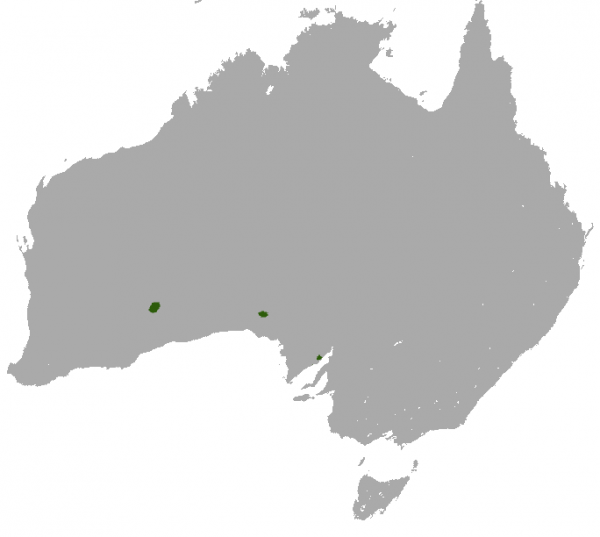Facts About Sandhill dunnart
The sandhill dunnart is a small, carnivorous marsupial native to Australia, belonging to the Dasyuridae family. These creatures inhabit arid regions of Australia, including areas near Lake Amadeus in the Northern Territory, the Eyre Peninsula in South Australia, the Great Victoria Desert in Western Australia, and Yellabinna in South Australia.
Commonly known as the marsupial mouse, the sandhill dunnart is quite diminutive, measuring only 10 to 16 centimeters in length. It features gray or black fur, large ears, and a thick tail used for fat storage. Despite its small stature, it is one of the largest species of dunnarts, weighing between 30 and 55 grams.
In terms of diet, sandhill dunnarts are not particularly selective. They primarily consume ants, beetles, spiders, and grasshoppers. During times of food scarcity, they can enter a state of torpor to conserve energy. Breeding occurs from September to October, with a rapid gestation period, and they reach sexual maturity by the age of one.
Sandhill dunnarts inhabit sandy, arid regions characterized by Spinifex grass hummocks. They utilize burrows for shelter and breeding. However, they face significant threats, including predation by introduced species and habitat destruction due to livestock grazing and poor fire management practices.
As a result of these threats, the sandhill dunnart is classified as "vulnerable" under the Environment Protection and Biodiversity Conservation Act 1999. Conservation efforts aim to protect their habitat, conduct surveys, monitor populations, and implement research and recovery plans. An intriguing strategy includes experimental burns to promote the growth of suitable Spinifex habitats.
